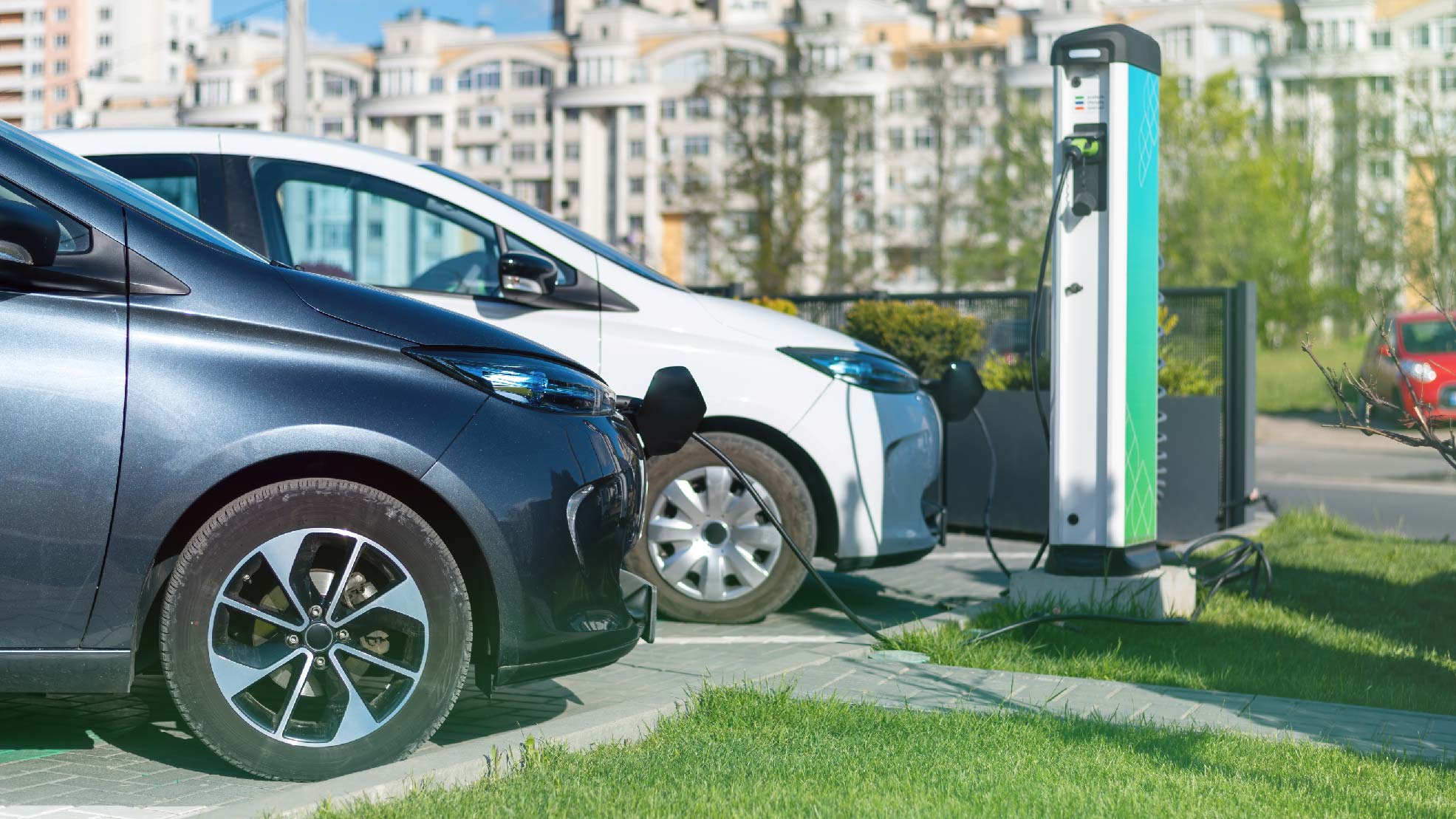How to Engage Users in Real-time with Omnichannel Digital Experience Platforms
Category : Digital Commerce & Experience Blog
For the longest time, the digital technology ecosystem of a business consisted of multiple products. Web portals, content management systems (CMS), analytical tools and even internal/external search modules were working in tandem to render a satisfying customer experience.
Looking at the last decade of innovation and IT advancement, most of these tools or individual platforms are now converging into one unique, custom platform where organizations can command and control all customer interactions. This is the unified Digital Experience Platform that encompasses core digital technologies while enabling scalability and customization.
Customer interaction with your business can range from catalogue browsing, interacting with customer support or even fulfilment of their online transactions. Throw in virtual payment gateways, and you have the complete “buying” experience for the customer integrated with your web property!
This innovative experience platform conveys your offerings to the digital world and stands as a testament of your brand value and its significance amongst others.
In this write up, we will try to explore various aspects of the Digital Experience Platform:
- Enhancing customer engagement
- Business drivers for adoption
- ore components
Enhancing Customer Engagement
This can only be made possible and effective if you know the context and client preferences/interests.
You should be able to aggregate content, track activities, personalize content and serve the same on the medium of the customer’s choice (mobile, web or even outdoor media, in some cases). To achieve this historically a content management system would be used for information discovery and handling, followed by a deep-rooted analytics system for tracking, a campaign management tool for outreach and re-targeting.
All these can be now achieved through a unified and seamless digital experience platform. This digital experience platform empowers businesses to engage with customers and attract prospects throughout their “browsing” or “buying” journey.
Business Drivers for Adopting a Digital Experience Platform
- An agile method of developing platforms with a faster time to market and effective GTM for new offerings on the platform
- Active customer engagement which is device or venue agnostic
- Unified/360-degree customer view (history, buying pattern, device access metrics)
- Increased customer loyalty, high retention, increased return buy rates and higher cross sell opportunities
- Self-service and offerings discovery in real time
We can define the digital experience platform as the melting point of addressing and solving many concerns related to business, technology, operations and digital user experience.
Core Components of Digital Experience Platforms
- Presentation Services - This would include components such as responsive design, adaptive content, mobile apps, widgets and mobile services.
- Portals/Web Venues - Forms, pages, page layouts, media carrying frames and localization.
- CMS (Content Management Systems) - This provisions for the authoring and publishing of content for the website/portal. Templates for uniform structured authoring are also a mainstay of this component.
- Campaign and Segmentation - Profile attributes, purchase behavior, demographics, social attributes, and context parameters. Targeting and re-targeting for services and offers.
- Enterprise integration - Pre integrated components which can be used for quick solution deployment. These can be accessed via REST services and micro-services. Usage of JSON data formats and connection of legacy platforms via APIs.
- Analytics - Tracking of user navigation, downloads, page visits. Creation of predictive packages and recommendations based on tracked metrics.
- Social and Collaboration - Forums, VOC (Voice of Customer), wikis, blogs, articles, social networking sites, social broadcast sites. These can be leveraged to detect EQ (emotional quotient) of the consumer and be a very effective metric to launch more personal and targeted campaigns based on the sentiments detected.
- Commerce services - The commerce module provides features such as order / inventory management, product information management (PIM), cross-sell / upsell, promotion, and catalog management.
- Security services - Include authentication, authorization, and single sign-on (SSO) services.
- DevOps - To achieve operational efficiency, various DevOps initiatives, such as agile delivery, iterative testing, and continuous integration (CI) should be adopted.
- Infrastructure services - DXP can be deployed on-premises or on cloud. Monitoring and clustering are also part of the infrastructure services.

How do you choose a digital experience platform?
Every enterprise is inclined to undergo digital transformation in their organization w.r.t technology, architecture revamp, or resources optimization. Rapid changes in the company can impact the culture and practices of the ecosystem. This process is different for every enterprise. But the objective of every enterprise is to adapt to a powerful digital experience platform.
Businesses of all sizes and forms can leverage the benefit of digital experience platforms. Digital experience platforms facilitate enterprises to offer smooth, easy, real-time, well-connected, and customized user experiences throughout multiple touchpoints.
However, you will have to consider the criteria below before zeroing in on a digital experience platform.
- Business Objectives
Whether you are a vendor selling products or a B2B company associated with partners/customers, you need to streamline your requirements with the company’s business goals. Set realistic objectives based on features and functionality to enjoy optimum benefits from the new IT integration. Do not settle for less when it comes to choosing the efficient digital experience platform for your organization. - Technical Requirements
The platform should be chosen based on the technological requirements for your enterprise. Product computing platforms can be anything and most of the products are supported in the front end. But the real deal is choosing a platform that supports the product back-end as well. - Research and verification
Vendor assessment is the most important step while selecting the digital experience platform. Research should be done based on the deployment capabilities, technology connectors, technical documentation and community guidelines. The digital experience platform should merge well the framework of the software system without enormous changes.
Look into vendor’s reputation, their client’s success stories, case studies. Verify rankings, review from authentic digital analyst sources like Gartner beforehand. - Investment and ROI
Along with operational cost, there are development, deployment and licensing costs involved too when you go with the third- party service provider. The partnership should yield results and give you ROI. There should be transparency and flexibility in the estimation.
AEM – Adobe Experience Manager
Adobe Experience Manager merges seamlessly with various technology platforms. It comes across as a robust combination for all content and digital asset management requirements. Personalization of content is easy and quick to market with AEM.
The CMS platform becomes significantly powerful when the core is strong. Below is the infographic on the core components that form the Adobe Experience Manager.
[Adobe Core components infographic]To know more about the AEM and its functionalities, read our most popular insight page here: The rise and rise of Adobe Experience Manager
Adobe has been named as the leader amongst the DXP platforms in 2022 Gartner Magic quadrant.

The graph below shows the market growth for companies adopting digital experience platforms for years ranging from 2019-2025.

Digital Experience Platform Development – Our Case Study
Embitel's client is a leading credit and retail brand in the sub-continent. They have verticals in automotive, insurance, credit lending and housing.
We designed and developed a full-fledged digital experience platform for them to optimize customer interactions.
Here we have shown the overall exchange/flow of information between AEM at the front-end and Magento at the back-end. This particular design is for their flagship seller central store where consumers can interact with nationwide seller's inventory and make purchases.
The main components of the architecture are shown in the diagram here; this is purely a schematic on which there are various integrations for inventory and seller management.

- The customer journey starts in the AEM run front-end where a mobile-first architecture was devised and used.
- This interacts with the catalogue stored in Magento and offers a full spectrum shopping cart experience for consumers who will have product selection, picking and add to cart capability.
- The social support channel is also refined at the front-end and there is an added element of delivery to the customer’s address.
Digital Experience platform requirement specifications by client
- - Front end content management and design for AEM
- -Mobile First Architecture
- -Page and Journey Optimization
- -Full spectrum production support for AEM
- -Commerce Integration framework
- -Search optimization on content within AEM
- -Content Advisory and Design
Digital Experience Platform Solution and Impact
Key performance metric for the client was to increase web traffic and reduce journey churn, Embitel optimized the load times and content on the various inventory pages to decrease load time and keep the content uniform on various devices.
Mobile First Architecture was implemented to re-engineer certain web components which had not been upgraded since conception. Embitel team used their expertise in MFA (Multi-Factor Authentication) and CIF (Commerce Integration framework) to create a 2.0 version for client’s site.
Full spectrum production support by Embitel enabled the customer to perform root cause analysis on support cases. Solutions were archived for future references.
























